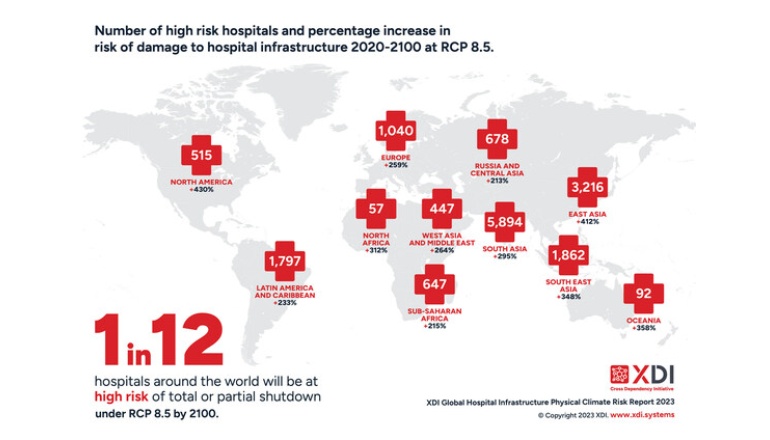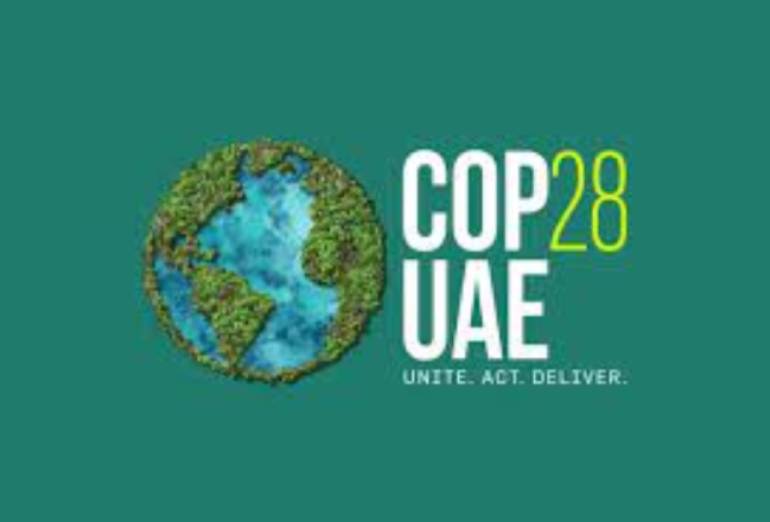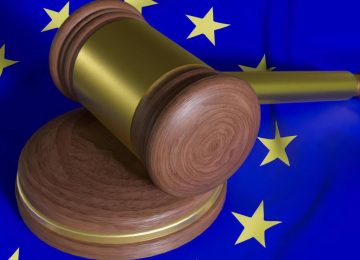In the corridors of Washington, a new wind began to blow through the Environmental Protection Agency (EPA) under President Trump’s administration. Administrator Lee Zeldin stood at the helm, determined to dismantle climate regulations that had taken years to construct. His bold announcement: the EPA would move to repeal the 2009 “endangerment finding,” a core legal pillar that identified planet-warming gases like carbon dioxide as threats to public health and justified restrictions on polluting industries.
Zeldin framed the narrative differently. To him, carbon dioxide was not the villain painted by environmentalists but an essential element for life. He criticized those who labeled it a pollutant, emphasizing its necessity in the natural world. Yet, outside government offices, climate scientists and environmental experts sounded the alarm. They recognized this rhetoric as a familiar tactic—claims about carbon dioxide’s benefits had echoed through the halls of climate skepticism since the 1990s.
Robert Brulle, an academic dedicated to studying climate denial, was direct in his assessment. He saw the new EPA direction as a return to well-worn arguments, dismissing overwhelming scientific evidence. “It’s almost as if the Catholic Church is just wishing away Galileo,” he lamented, seeing the refusal to engage with established science as a dangerous step backward.
The science was unequivocal: carbon dioxide, while necessary for plant life, could be a danger in excess. Human activities—especially the burning of fossil fuels and certain agricultural practices—have raised levels of carbon dioxide and methane, causing the global greenhouse effect and driving extreme weather, heatwaves, droughts, and floods. Experts like Robert Howarth and Jonathan Overpeck pointed to the rapidly increasing climate extremes as undeniable evidence of these changes.
Zeldin’s nuanced answers in public didn’t ease concerns. In a past confirmation hearing, he acknowledged climate change was real and said urgent action was needed. Yet, when pressed about regulating carbon dioxide, he deflected, hinting at the EPA’s shifting approach.
The administration’s strategy was clear. After an initial period of simply weakening regulations, they set their sights on uprooting them altogether—questioning the EPA’s own authority to regulate greenhouse gases. Joe Goffman, who had worked on air and climate issues under President Biden, called the move “nihilistic.” He warned that removing regulation at its root posed greater risks for the climate than simply scaling back existing rules.
Meanwhile, the US—the world’s second-largest emitter of carbon dioxide—faced scrutiny. To dismiss the nation’s role in climate change, scientists warned, was more than misguided; it was a denial of clear and present danger.
As the debate played out, the stakes couldn’t have been higher. The EPA’s choices would reverberate far beyond the corridors of power, shaping not just policy, but the very climate of the planet itself.












